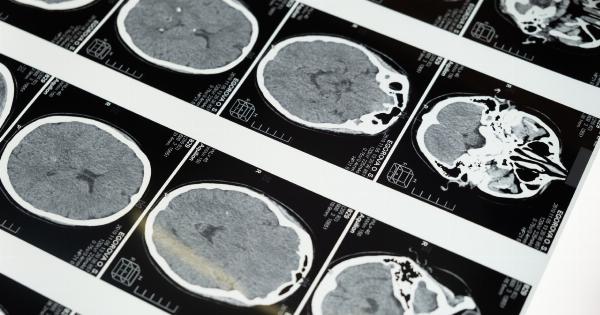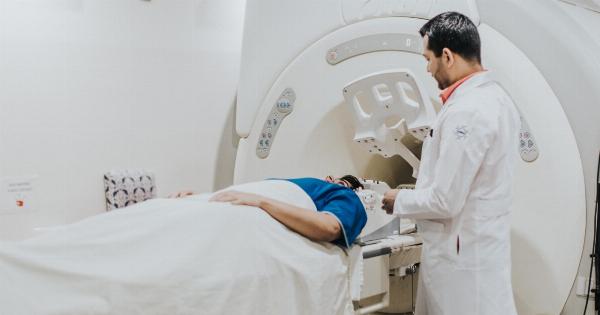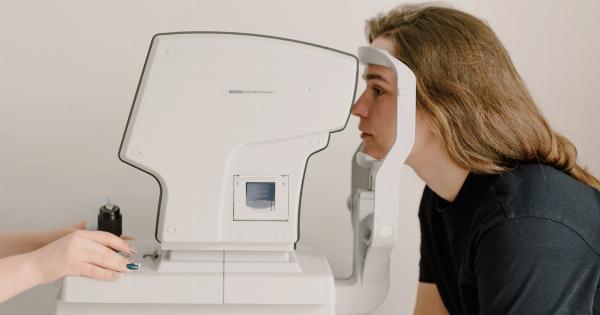Pacemakers are electronic devices that play a crucial role in managing various heart conditions. These small devices are surgically implanted under the skin and are designed to regulate abnormal heart rhythms, ensuring the heart beats at a steady pace.
With the increasing prevalence of pacemakers, it is important to understand the potential risks associated with certain everyday items and activities, such as magnets. This article aims to explore whether it is safe to use magnets around people with pacemakers.
Understanding Pacemakers
Pacemakers consist of a pulse generator, which contains a battery and electronic circuitry, and electrode leads that connect the generator to the heart.
The generator produces electrical impulses that travel through the leads to the heart, stimulating it to beat in a regular rhythm. These electronic devices have greatly improved the quality of life for individuals with certain heart conditions, allowing them to lead relatively normal lives.
The Potential Risks
While pacemakers are generally safe and reliable, there are certain risks associated with their use. One such risk is electromagnetic interference (EMI).
EMI occurs when external electronic devices or magnetic fields interfere with the proper functioning of the pacemaker. Magnets, in particular, have the potential to cause EMI and disrupt the normal functioning of a pacemaker.
It is important to note that not all magnets pose a risk to pacemakers. The strength and proximity of the magnet are key factors in determining the level of risk.
Magnets with extremely high strength, such as those used in industrial settings or medical imaging devices, have a higher likelihood of causing interference. Additionally, the distance between the magnet and the pacemaker plays a role, as closer proximity increases the chance of EMI.
Evaluating Magnet Usage
Before determining whether it is safe to use magnets around individuals with pacemakers, it is essential to consider the different scenarios in which magnets might be present. Let’s explore a few common situations:.
1. Household Magnets
The magnets commonly found in everyday household items, like refrigerator magnets or magnetic jewelry, are generally considered safe for individuals with pacemakers.
These magnets are not strong enough to cause significant EMI, and the distance between the magnet and the pacemaker is usually sufficient to prevent interference. However, it is always recommended to consult with a healthcare professional to ensure individual safety.
2. Magnetic Therapy
Magnetic therapy devices, which use magnets for pain relief or other therapeutic purposes, are a topic of discussion concerning pacemaker safety.
While there is limited scientific evidence to support the efficacy of magnetic therapy, some individuals may still choose to utilize these devices. It is important to exercise caution and consult with a healthcare professional before using magnetic therapy devices, as they might interfere with pacemaker function.
3. Magnetic Resonance Imaging (MRI)
MRI scans are powerful diagnostic tools that utilize strong magnetic fields and radio waves to generate detailed images of the body’s internal structures.
Individuals with pacemakers are generally advised against undergoing MRI scans due to the risk of EMI. The strong magnetic fields and radio waves can disrupt the functioning of the pacemaker or cause physical movement of its components.
If an MRI is deemed necessary, alternative imaging techniques should be explored in consultation with a cardiologist or medical professional.
Precautions and Recommendations
While magnets may not pose significant risks to individuals with pacemakers in most everyday scenarios, it is always prudent to take necessary precautions. Here are some general recommendations:.
1. Maintain Safe Distances
Avoid placing strong magnets directly over the pacemaker site. Ensure a safe distance between the magnet and the pacemaker to minimize the risk of EMI.
It is advisable to consult with a healthcare professional to determine the appropriate safe distances based on the specific pacemaker model and magnet strength.
2. Avoid Direct Contact
Prevent direct contact between magnets and the pacemaker. This can be accomplished by using protective barriers, such as clothing or non-magnetic materials, between the magnet and the pacemaker site.
3. Educate Family and Friends
Inform your close contacts, including family members and friends, about the presence of the pacemaker and the potential risks associated with magnets.
This will help ensure that they exercise caution when using magnets or when engaging in activities that involve magnetic fields.
4. Follow Manufacturer Guidelines
Always follow the specific guidelines provided by the pacemaker manufacturer regarding the usage of magnets and precautions to be taken.
These guidelines are typically included in the pacemaker manual or can be obtained directly from the manufacturer or healthcare provider.
Conclusion
In conclusion, while magnets can potentially cause electromagnetic interference and disrupt the functioning of pacemakers, the risk is generally low in everyday scenarios.
Household magnets and magnetic therapy devices are usually safe to use, but it is advisable to consult with a healthcare professional to ensure individual safety. On the other hand, undergoing magnetic resonance imaging (MRI) scans is generally discouraged for individuals with pacemakers due to the higher risk of interference.
It is important to take necessary precautions, maintain safe distances, and follow the recommendations provided by healthcare professionals and pacemaker manufacturers. With proper awareness and adherence to precautions, individuals with pacemakers can safely navigate their day-to-day lives without undue concern about the presence of magnets.





























